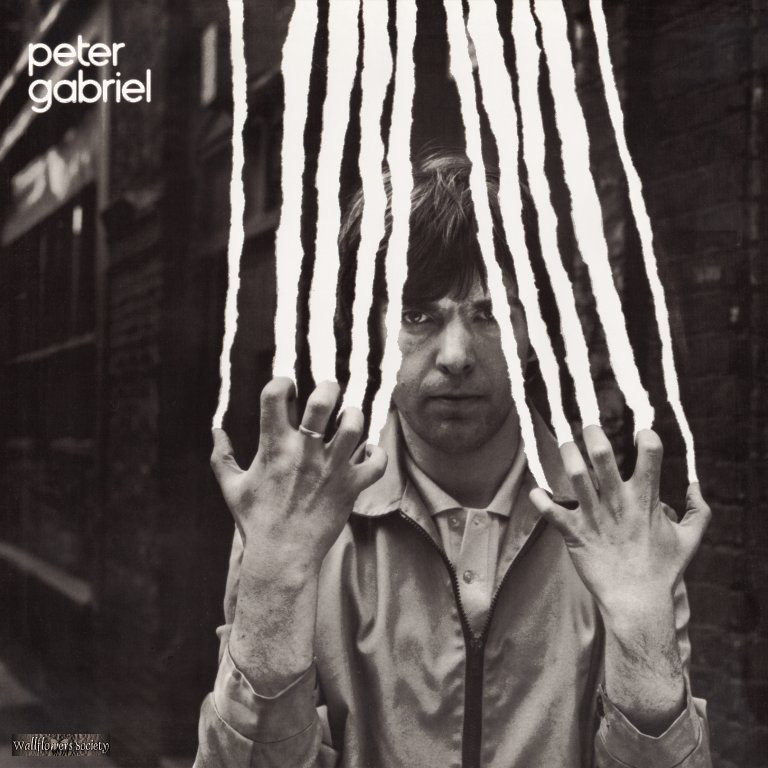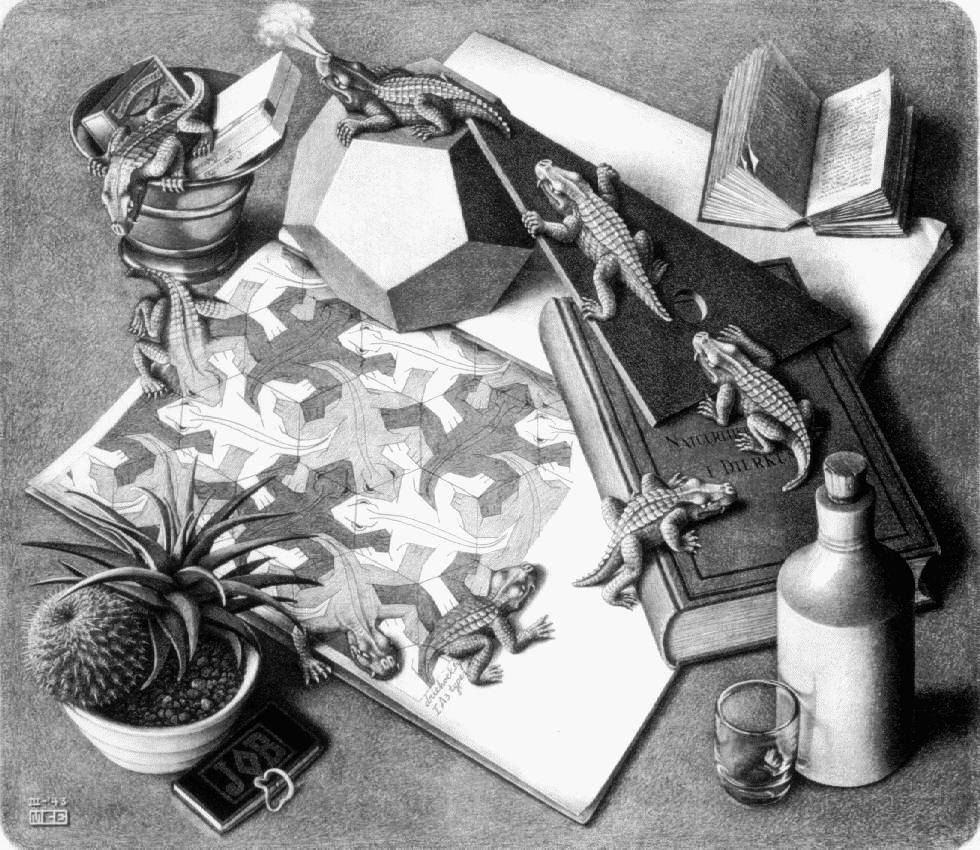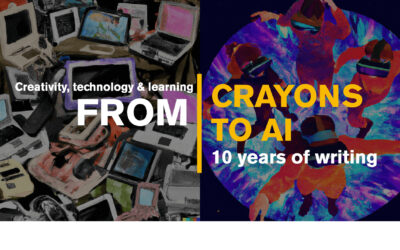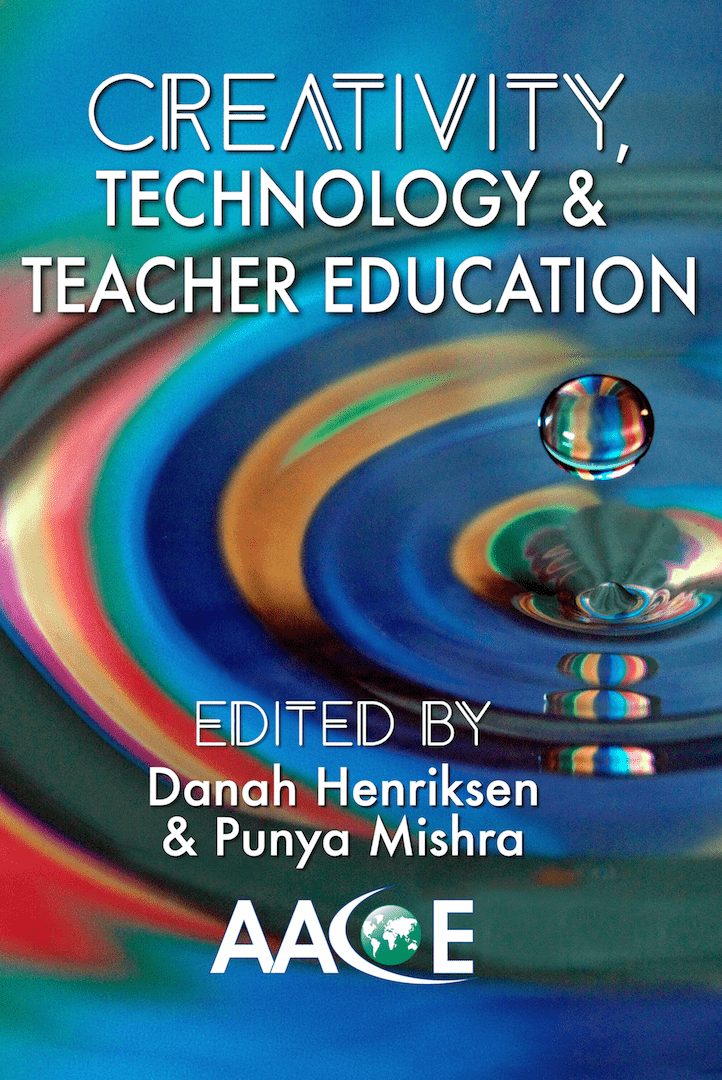A recent story in the NYTimes about Peter Gabriel (An Old Rocker Gets Digital) brought back memories of Peter Gabriel’s album covers. It tells you a lot about me that I know album covers better than I know his music!
During his time with Genesis and later, when he went solo, Peter Gabriel had some of the finest album art you can imagine. Quite a bit of his early album art was designed by the design group Hipgnosis, and as their wikipedia page says, “Hipgnosis’ approach to album design was strongly photography-oriented, and they pioneered the use of many innovative visual and packaging techniques. In particular, Thorgerson & Powell’s surreal, elaborately manipulated photos (utilizing darkroom tricks, airbrush retouching, and mechanical cut-and-paste techniques) were a film-based forerunner of what would, much later, be called photoshopping.” [You can see examples of their work at the Hipgnosis gallery. Maybe their most famous cover was the one they did for Pink Floyd’s Dark side of the moon.]
I remember reading that Gabriel was one of their favorite clients – mainly because they shared a certain aesthetic, which in some way was a nascent “digital” aesthetic – of bricolage and assemblage, a precursor to, what we would today call, the mashup. So in that sense the NYTimes title gets it wrong. This old rocker got digitality even before it existed as a term. So in some sense digitality is not as much about technology as it is a state of mind! [My earlier posting, life is about editing, speaks to this as well]
As an aside, here is one of my favorite covers designed by Hipgnosis for Peter Gabriel. It is a powerful visual image, reminiscent in some strange way with Escher’s experiments with dimensionality. Compare the two images below. Both represent an eternal and futile struggle by 2-D creations to break out of their flat world!!





I’ve always been a fan of Gabriel’s aesthetic. Search YouTube for his videos and you see how incredibly diverse his videos were when videos were still in their infancy. David Byrne from the Talking Heads is usually cited as a more innovative media artist, but I’d have to say Gabriel is far more inventive and cross media than Byrne has been. Even in live concerts, like the Secret World tour, Gabriel was using video, stage effects and props simultaneous to create a “mashup” of digital and practical effects long before it was the norm.
http://www.youtube.com/results?search_query=peter+gabriel&search_type=&aq=f